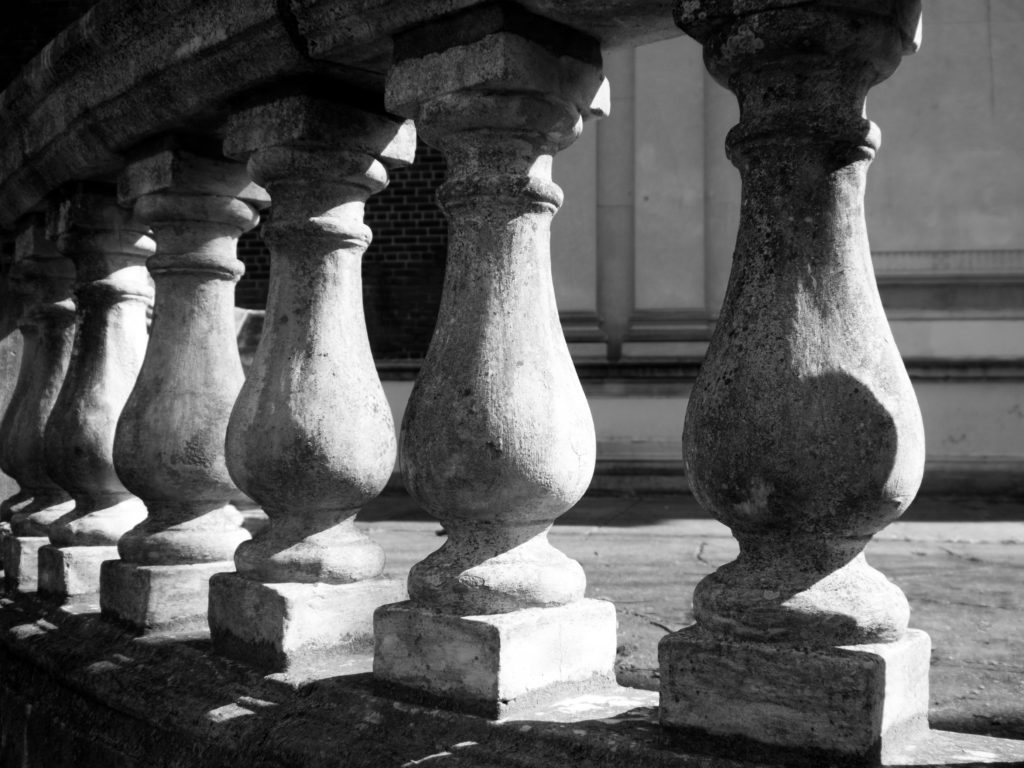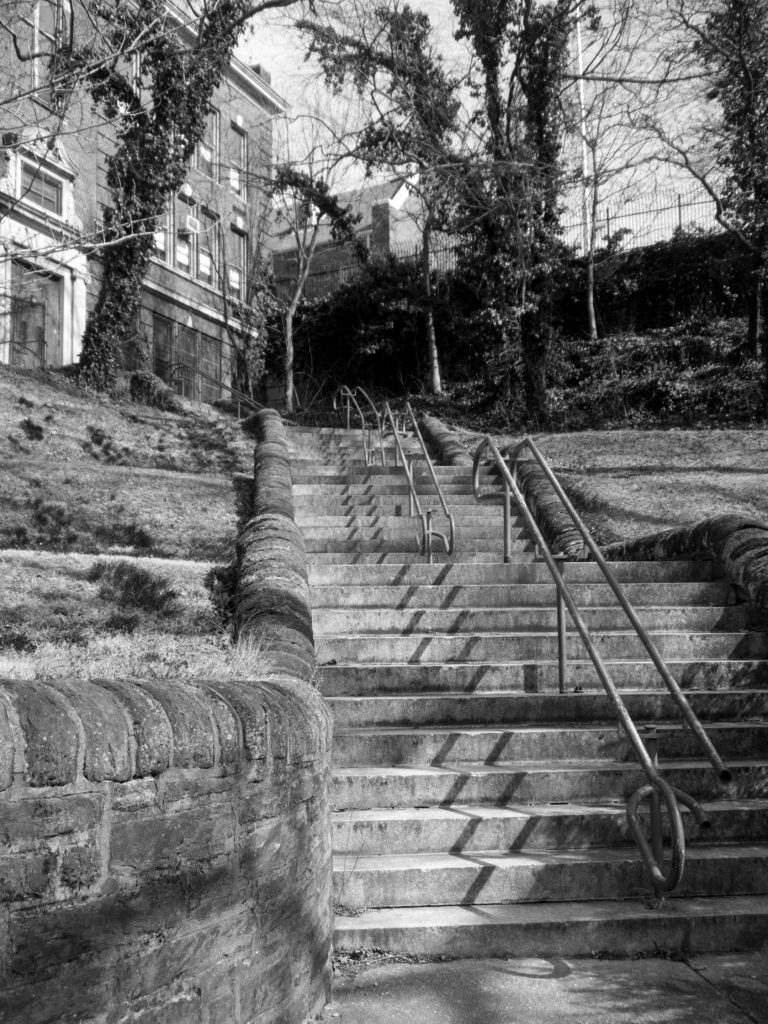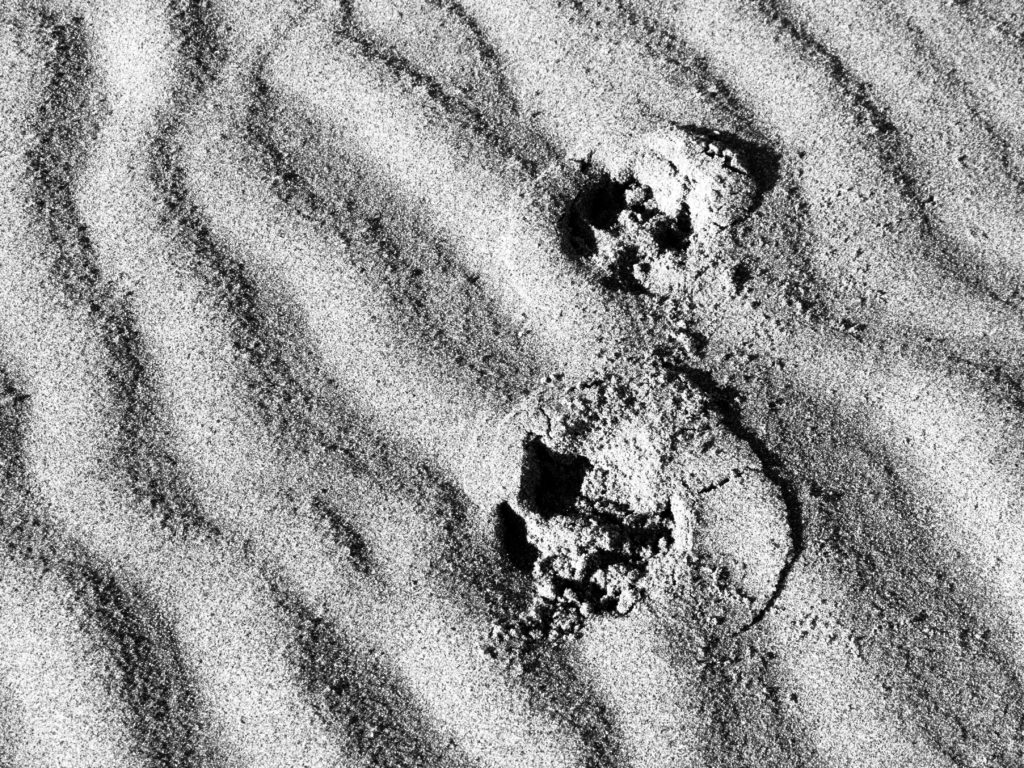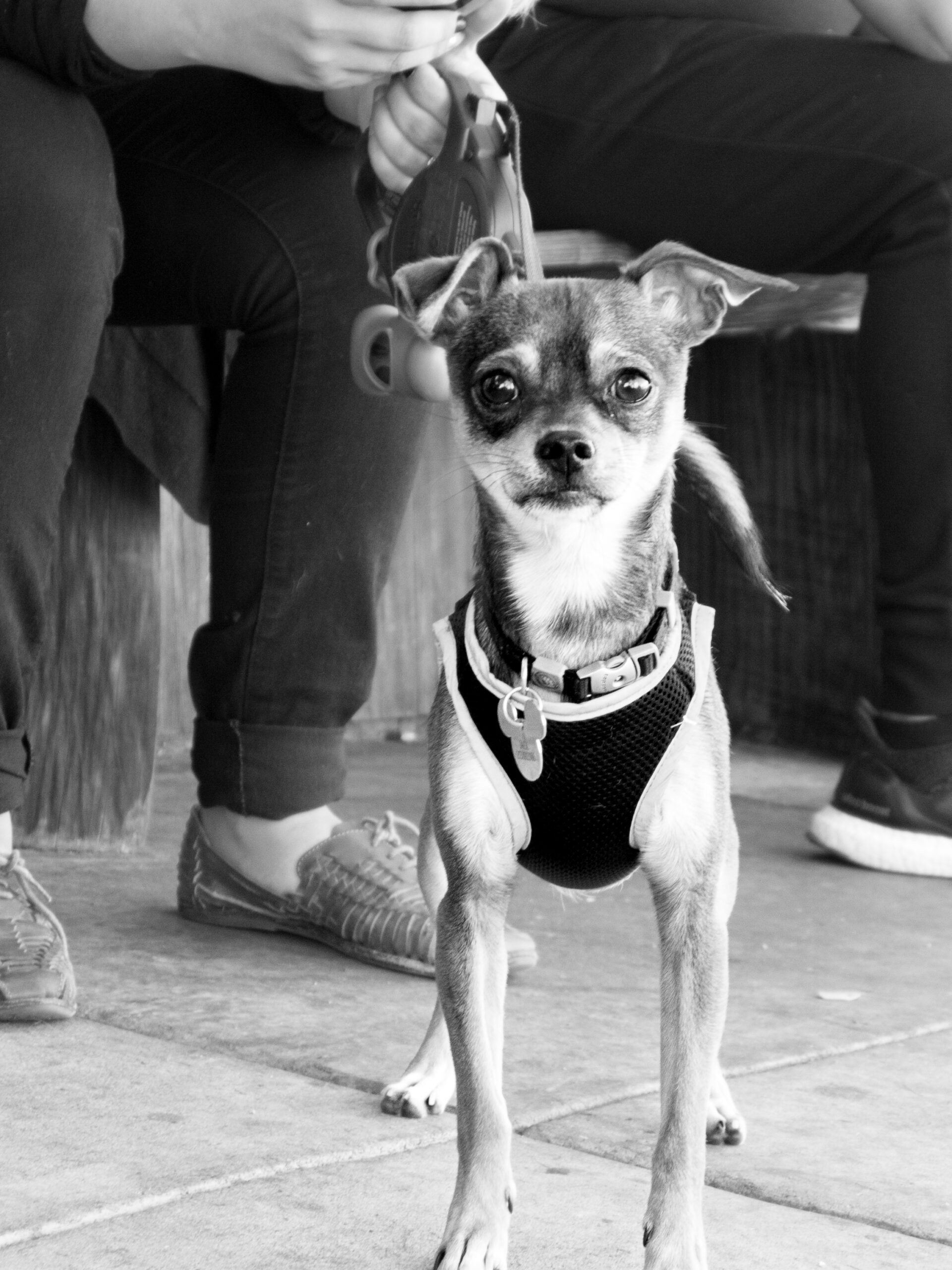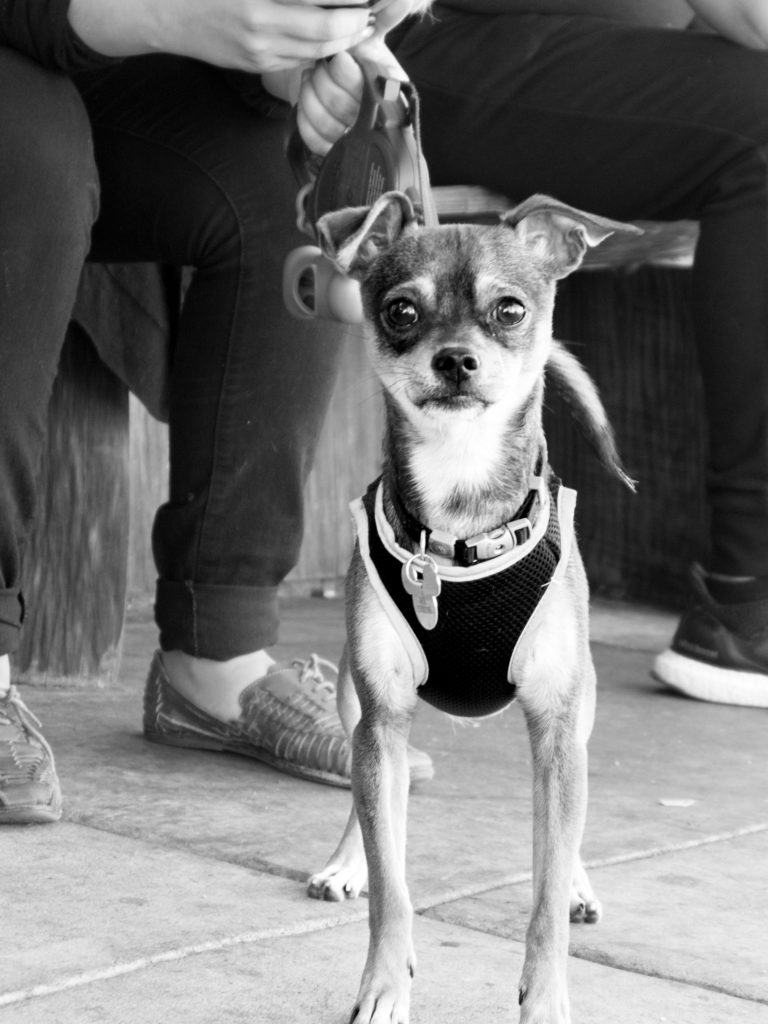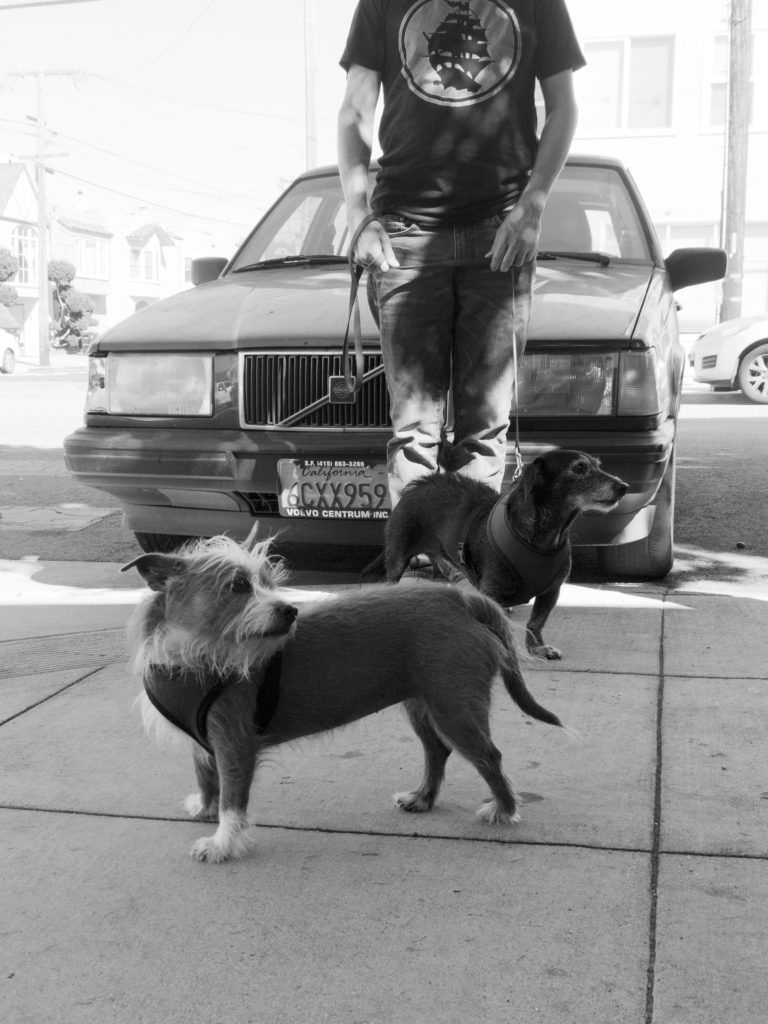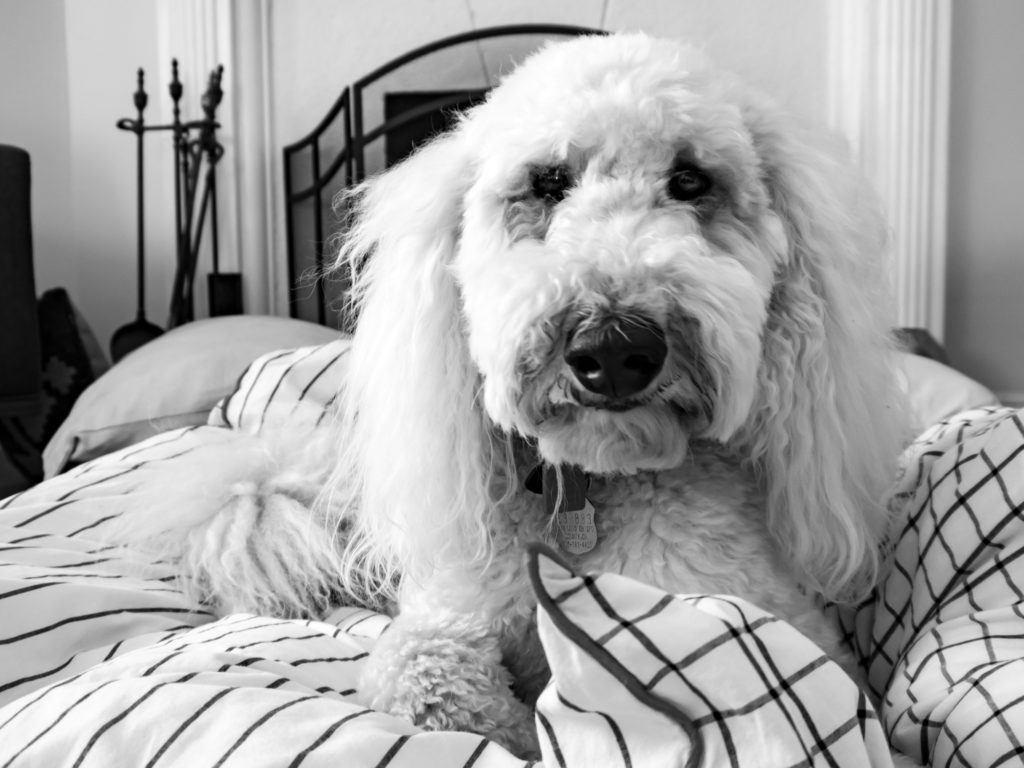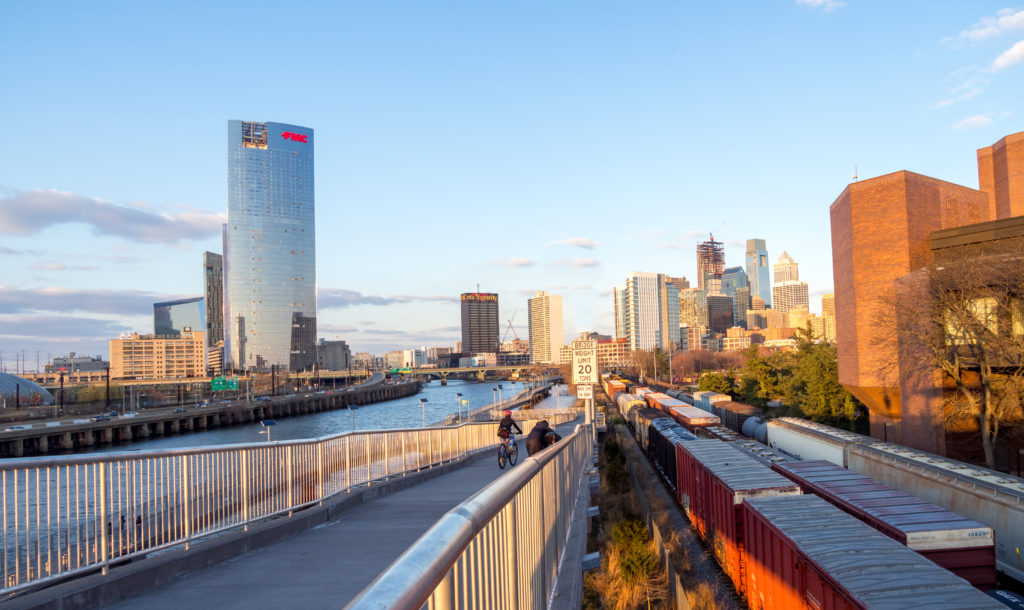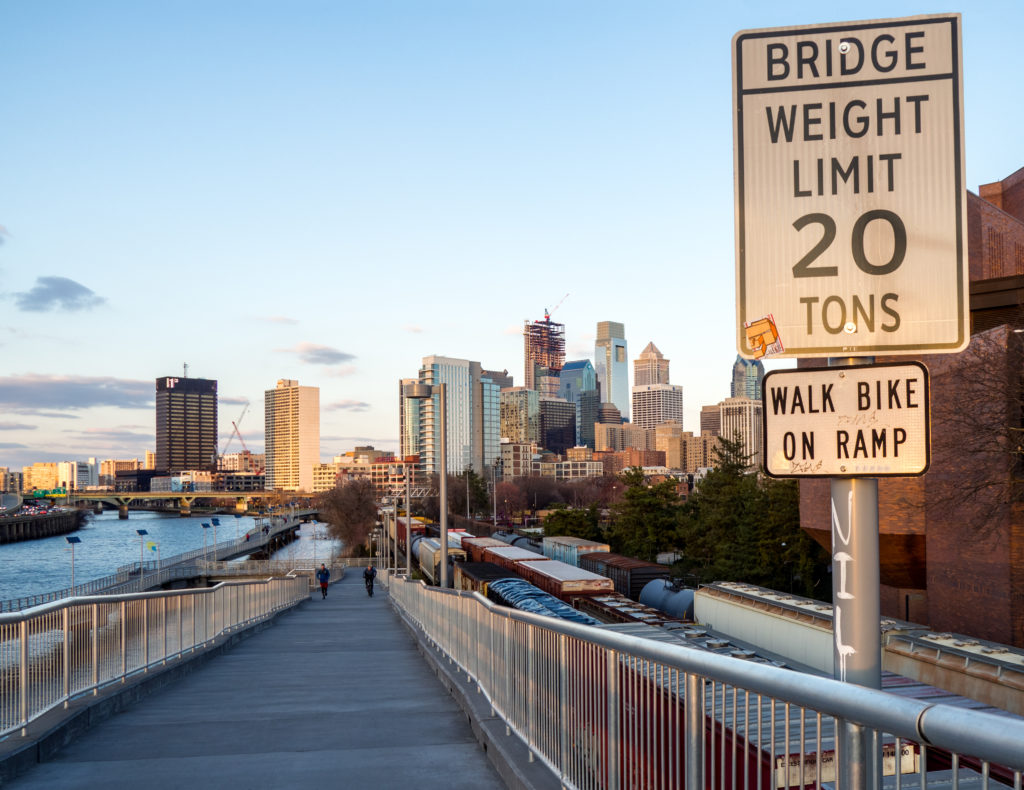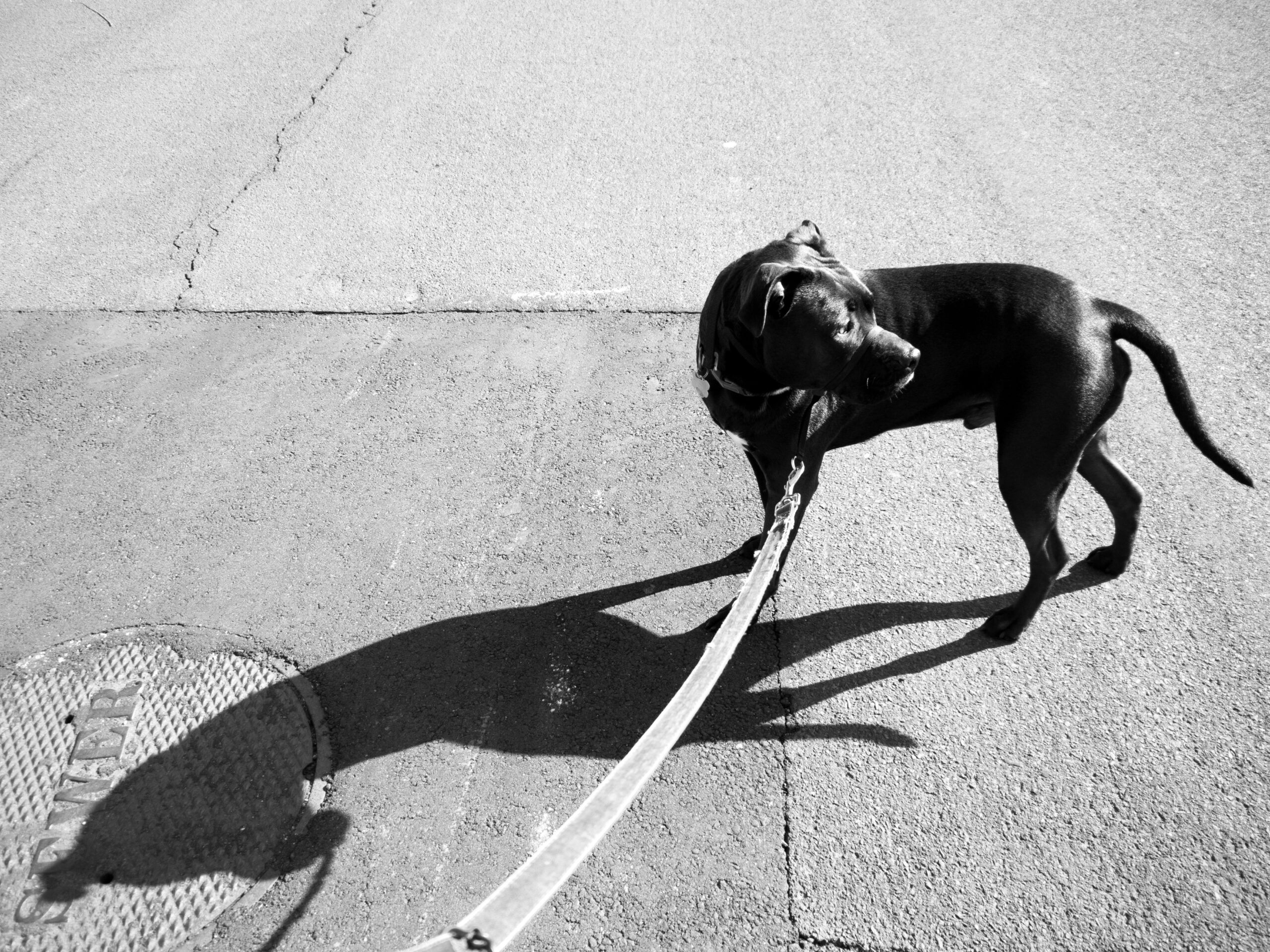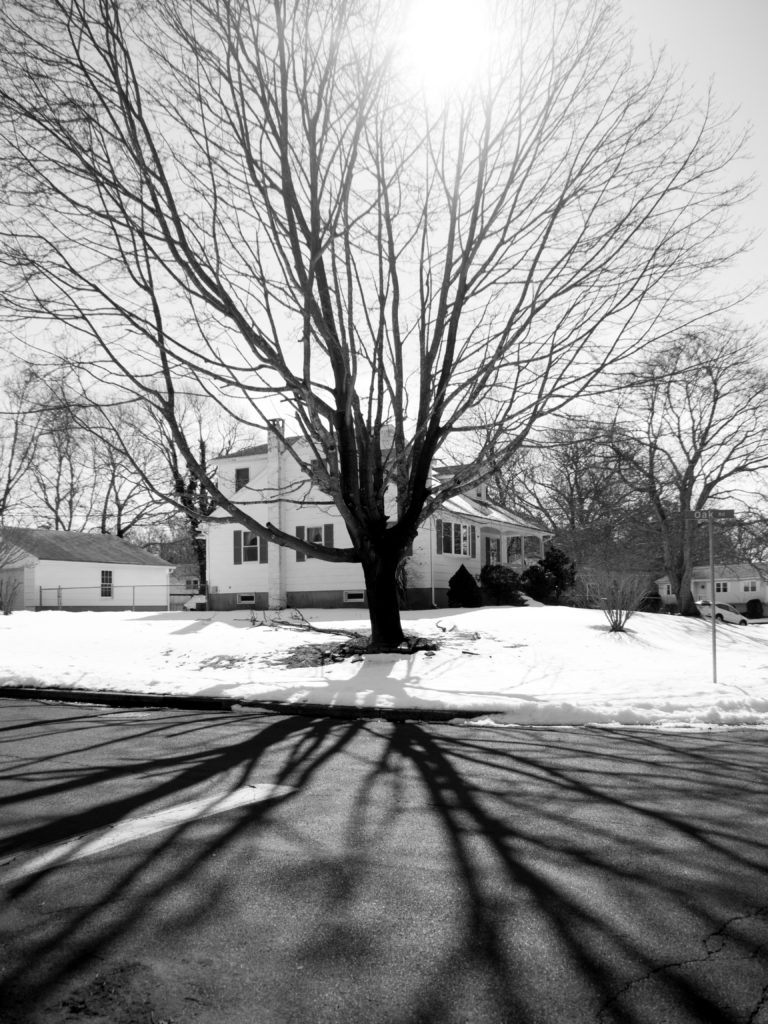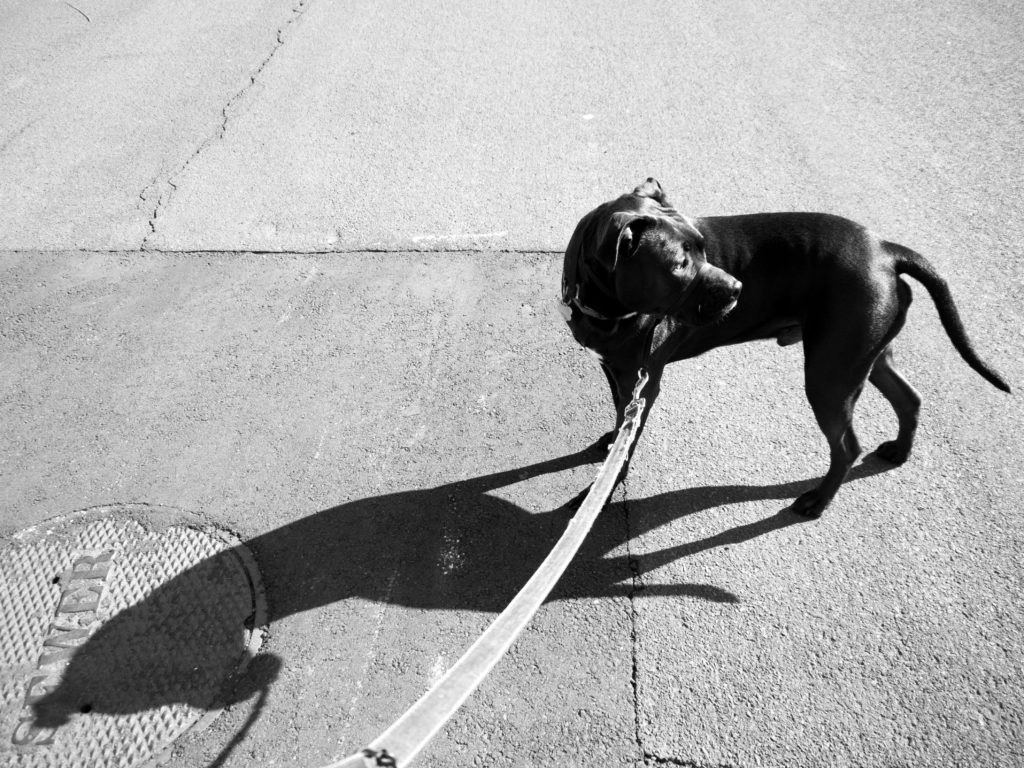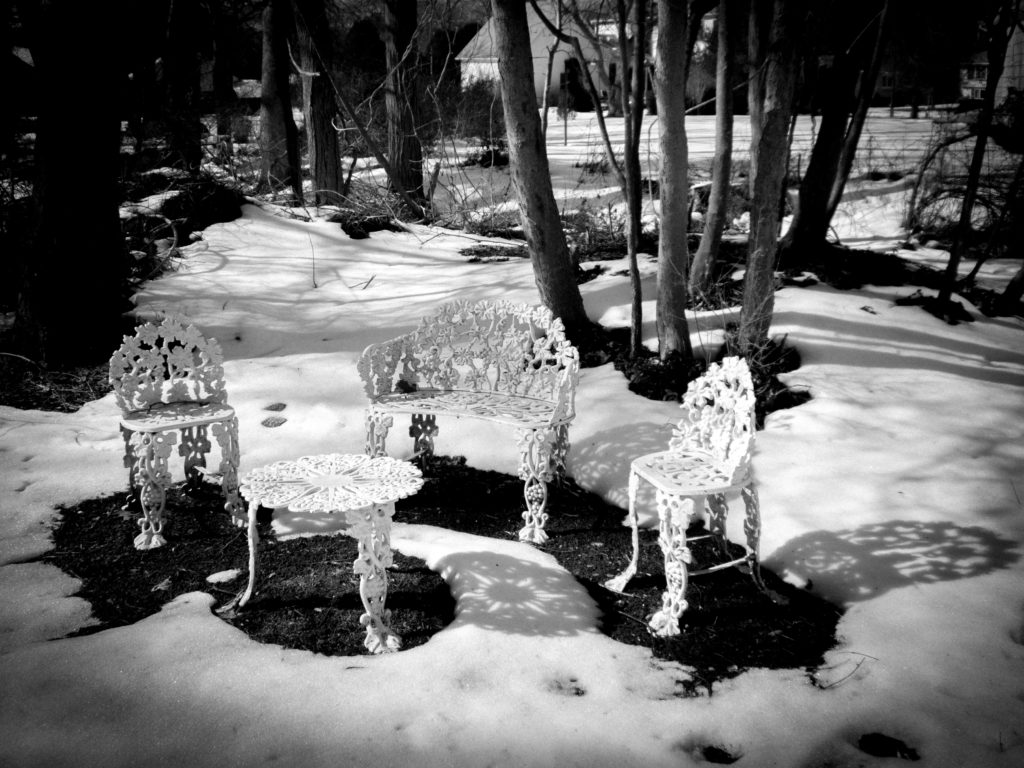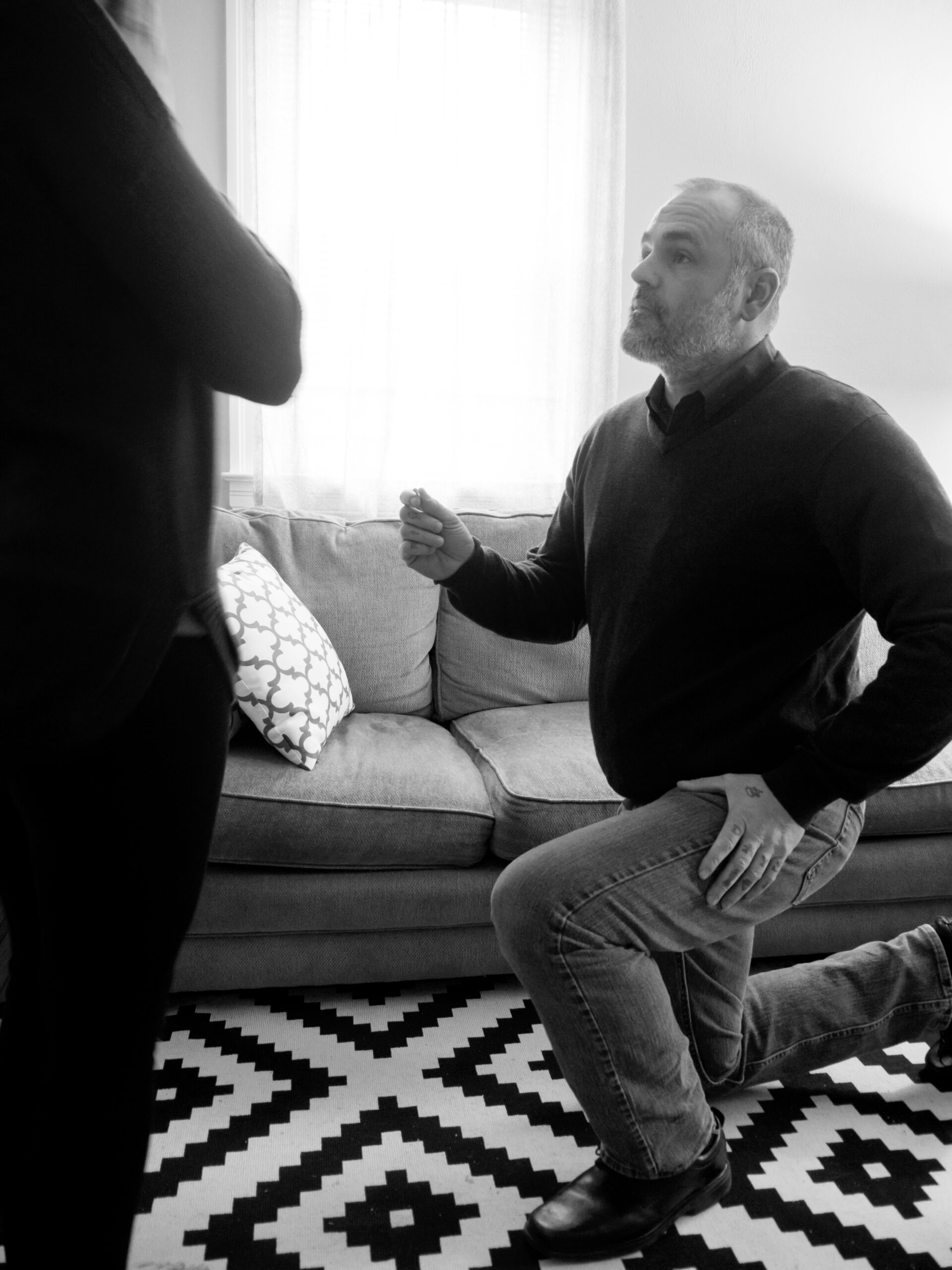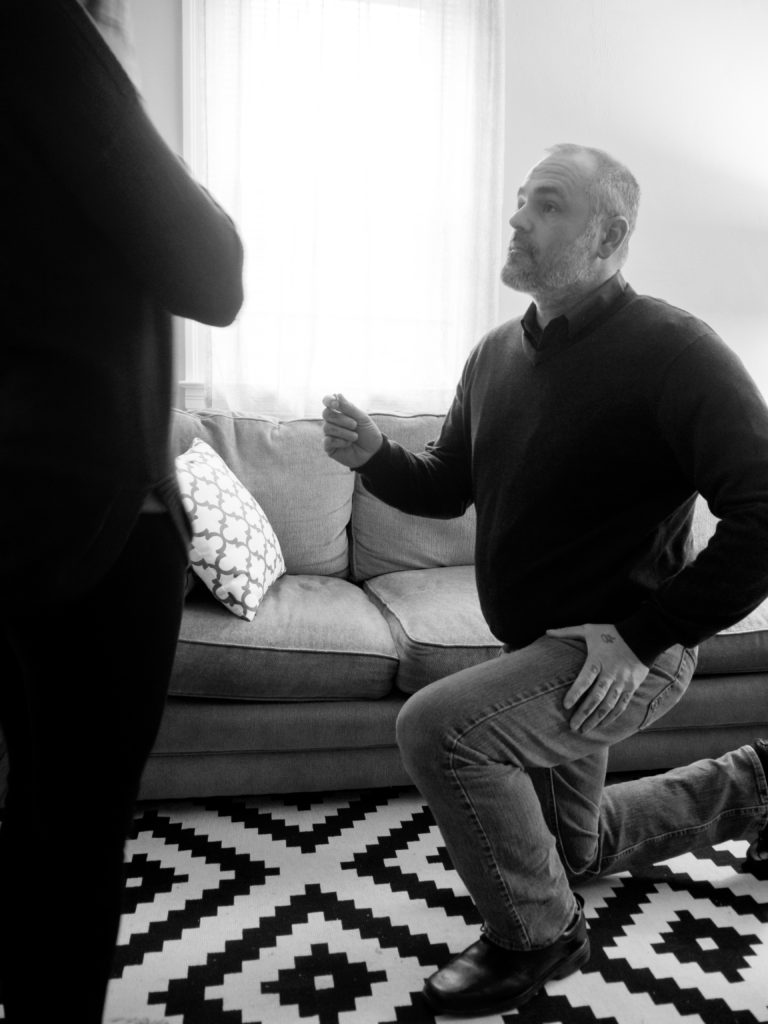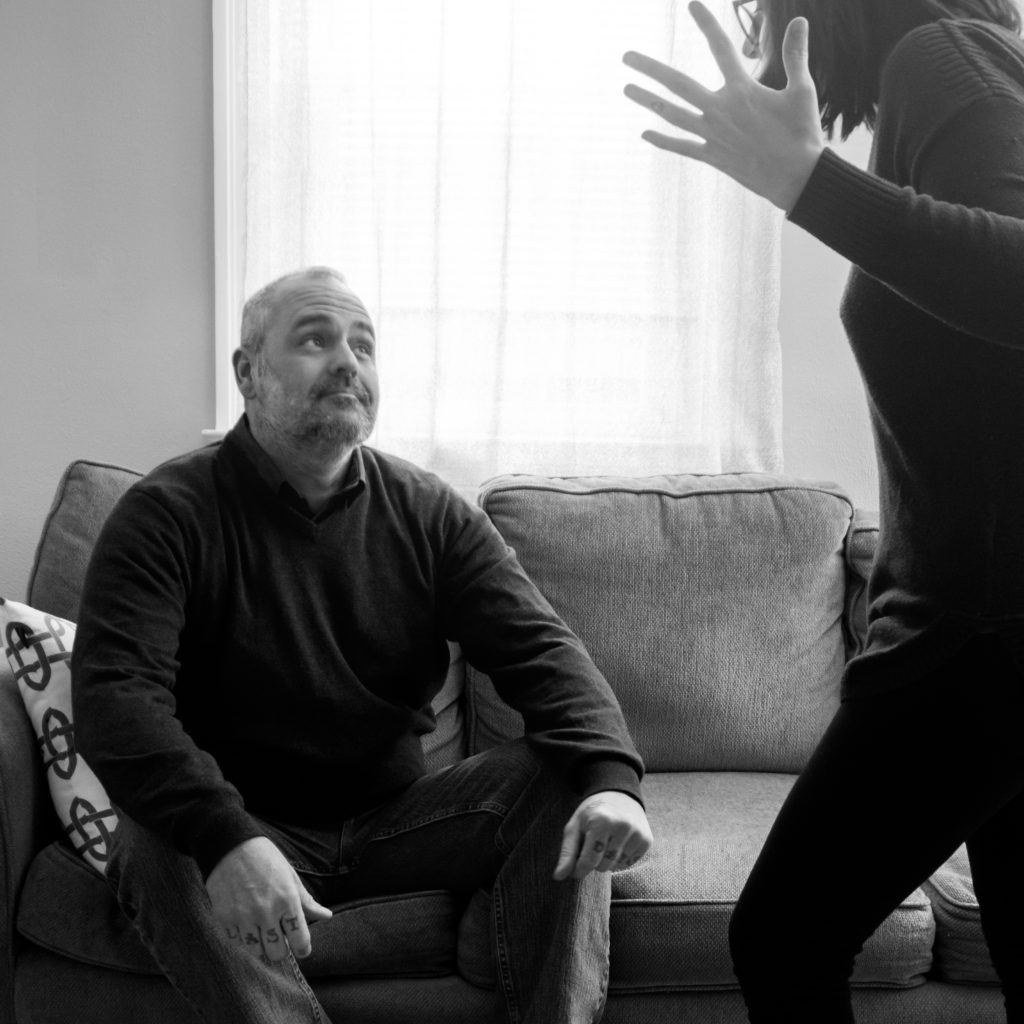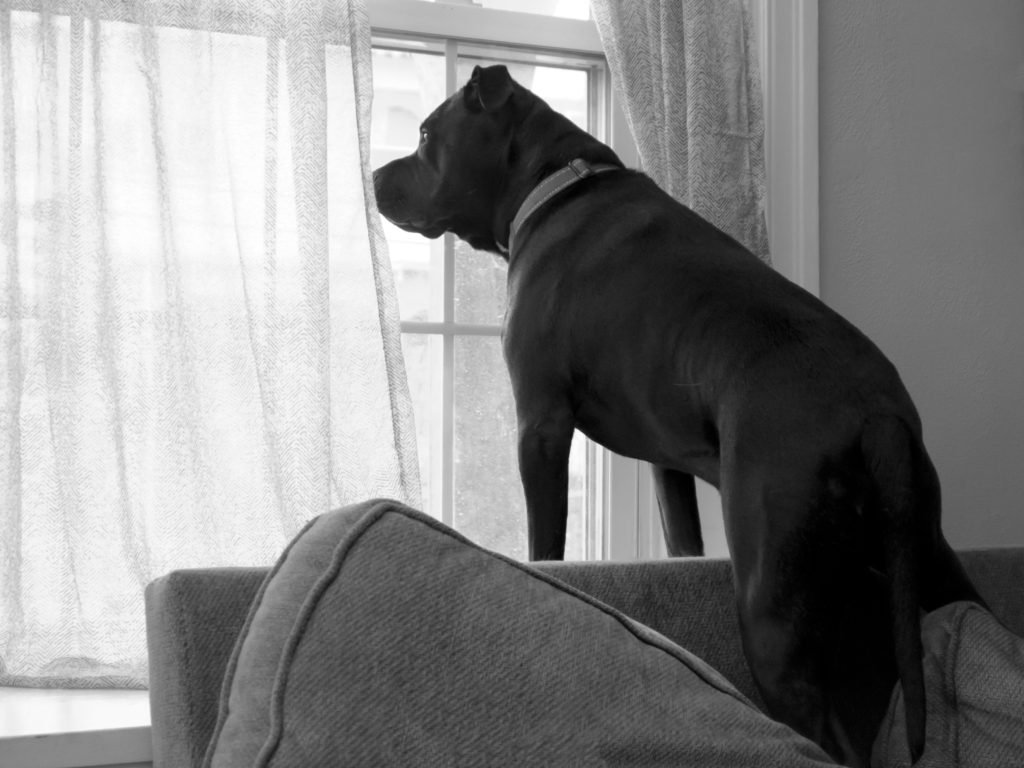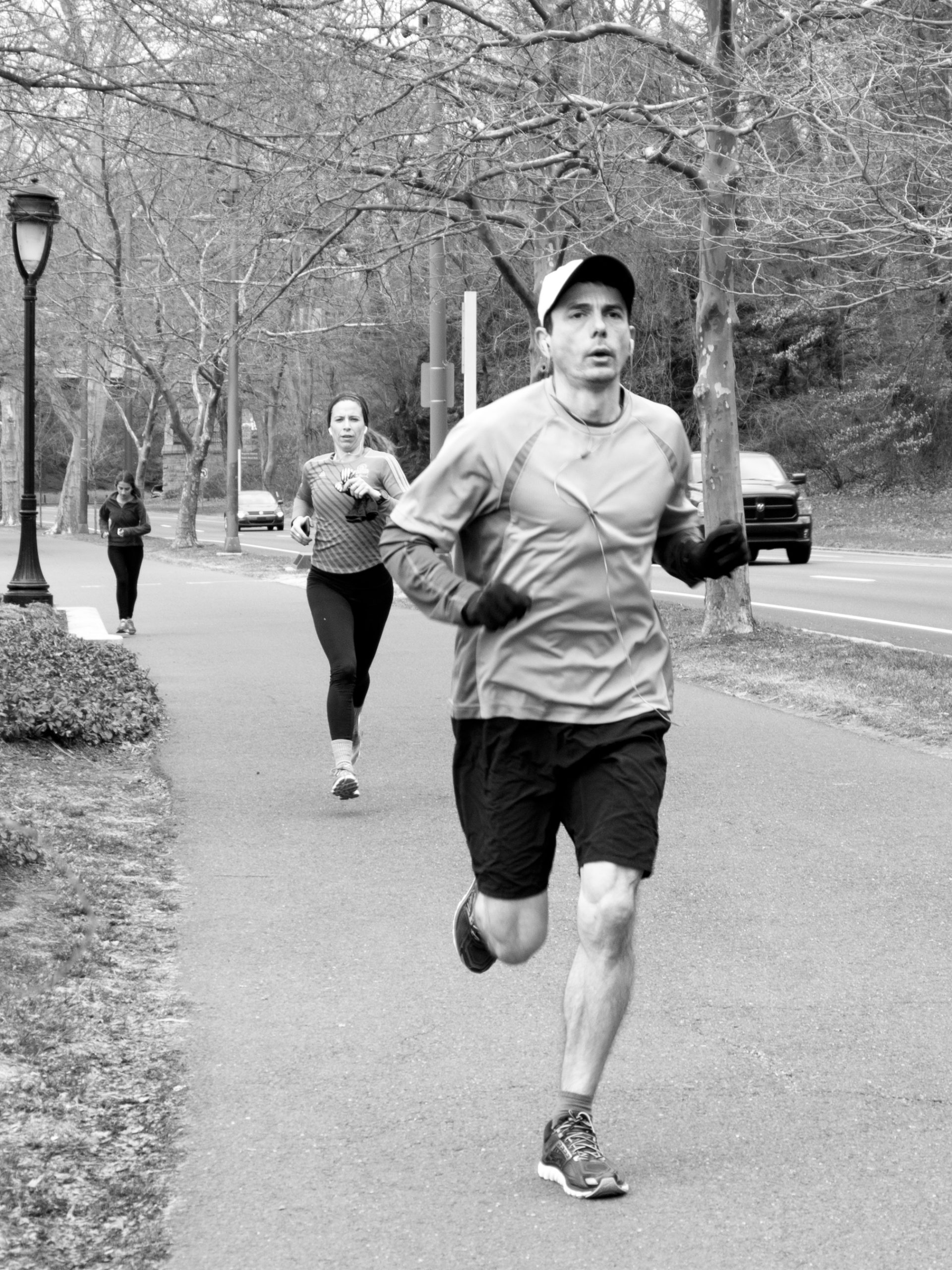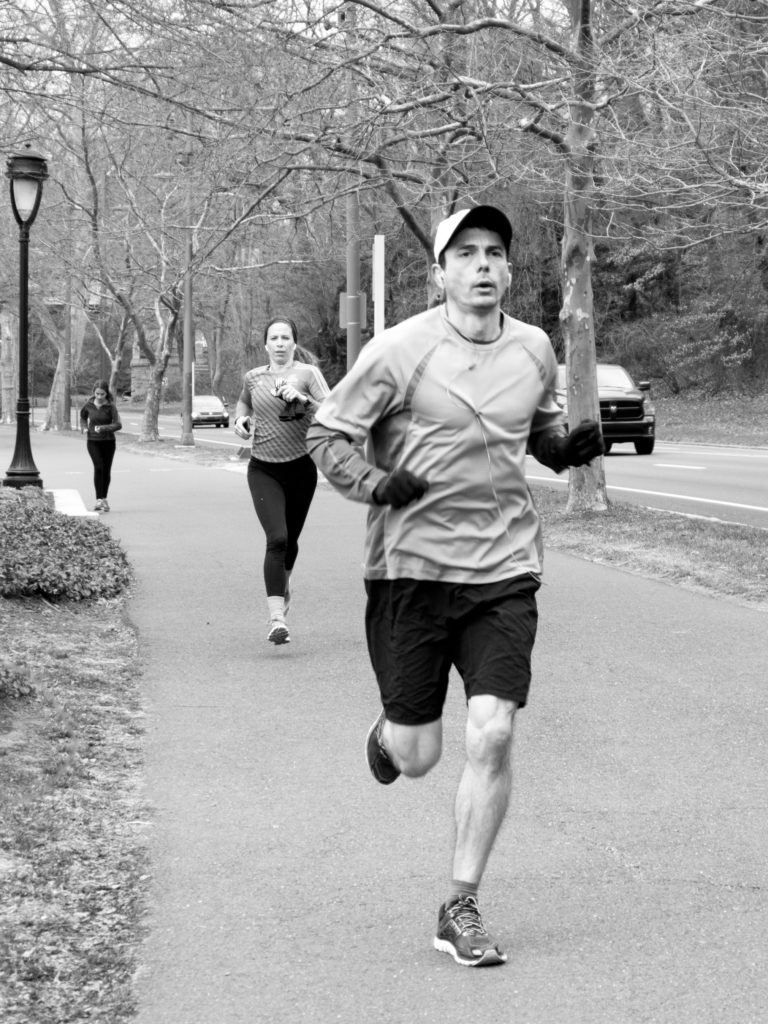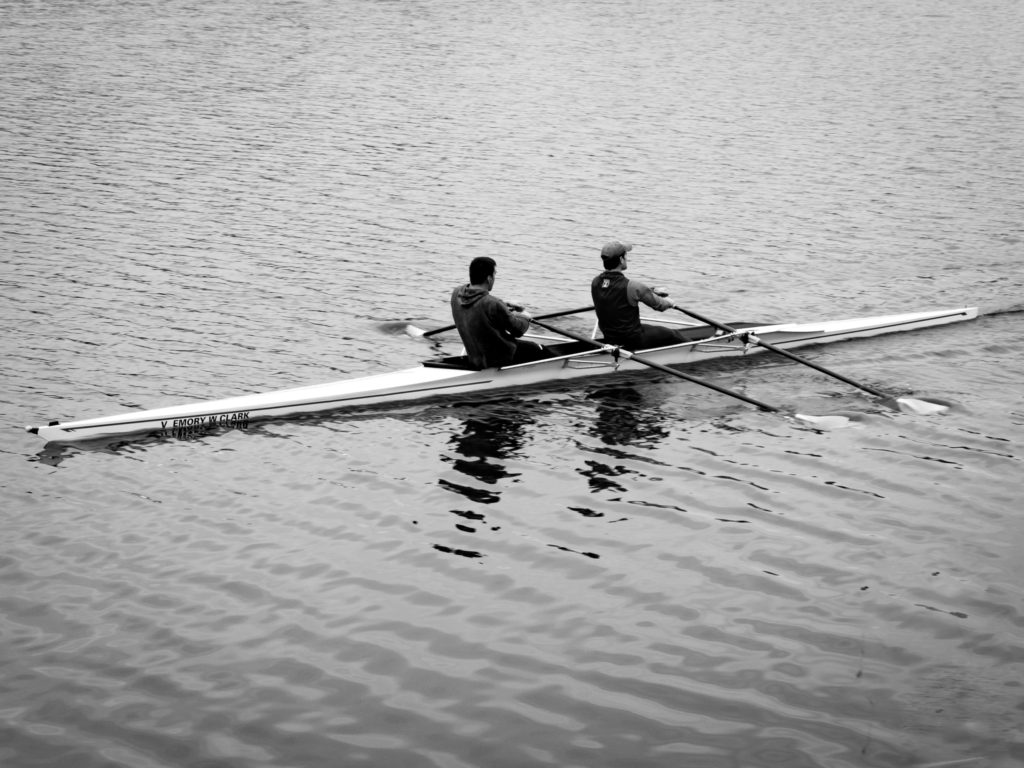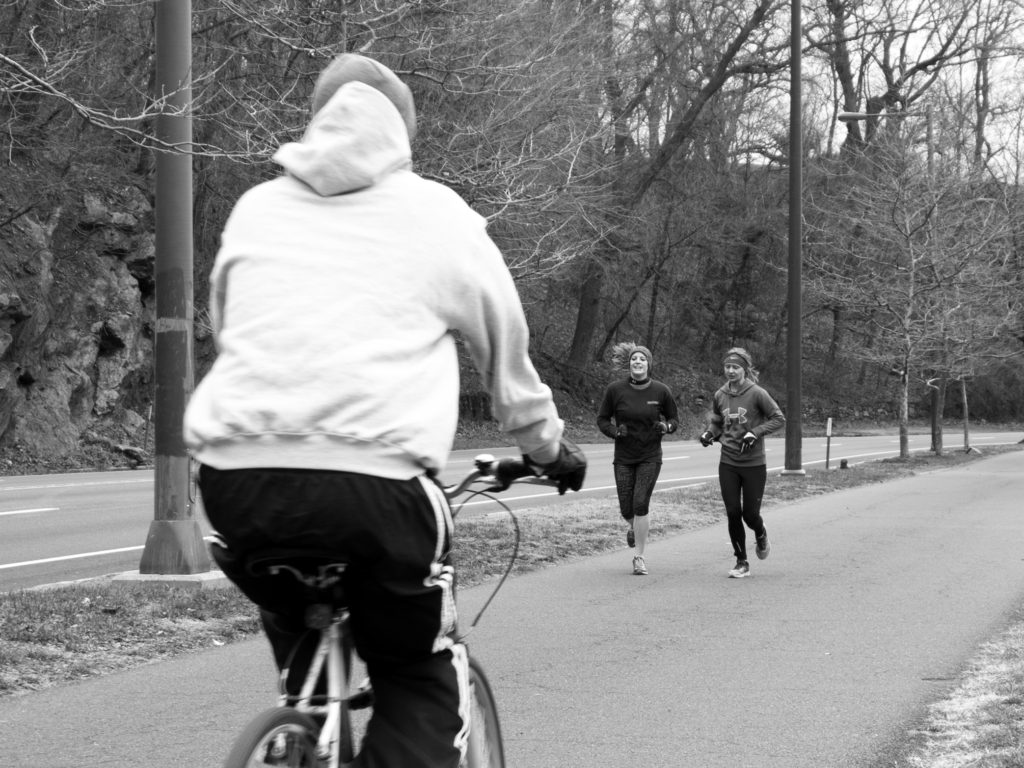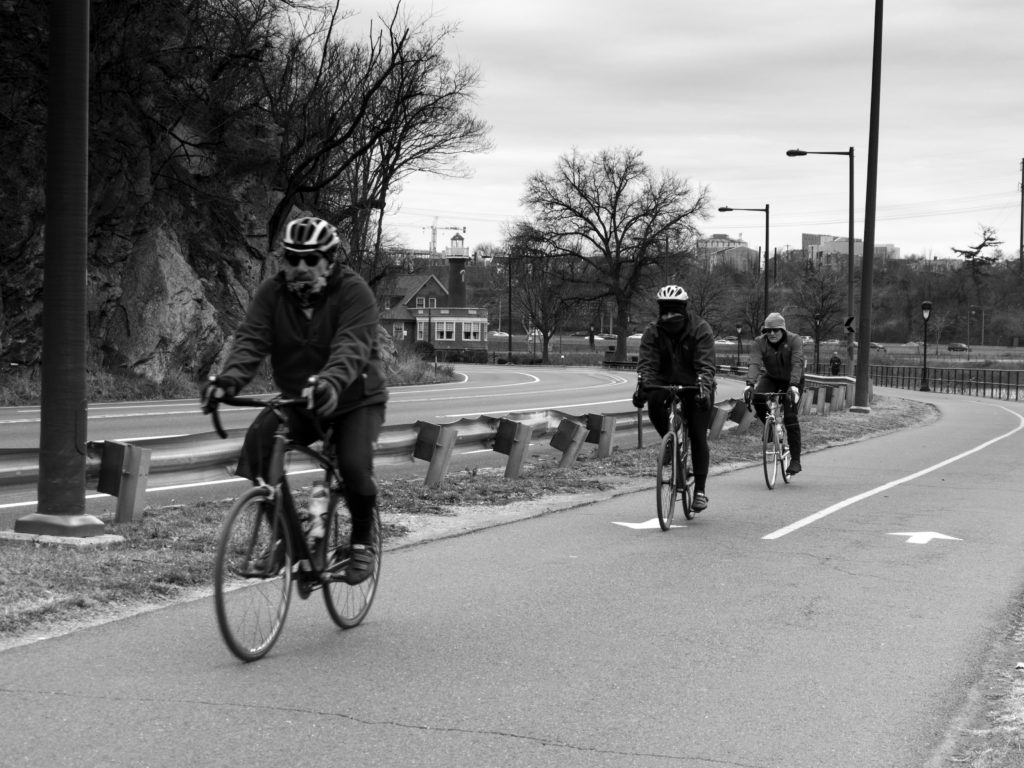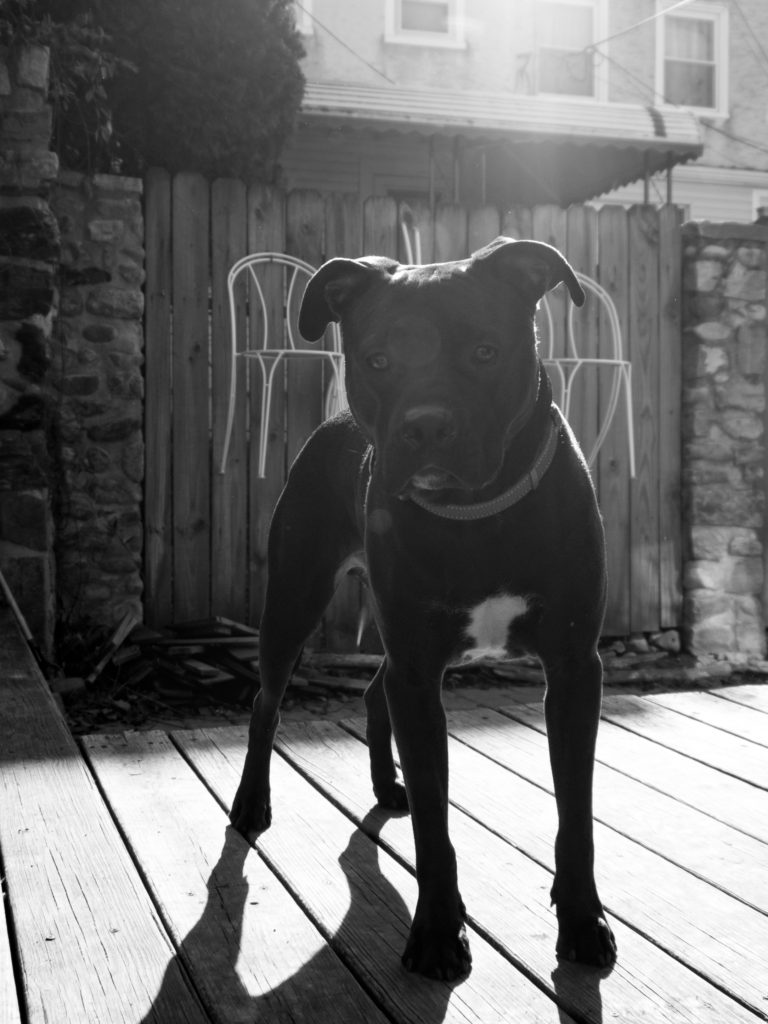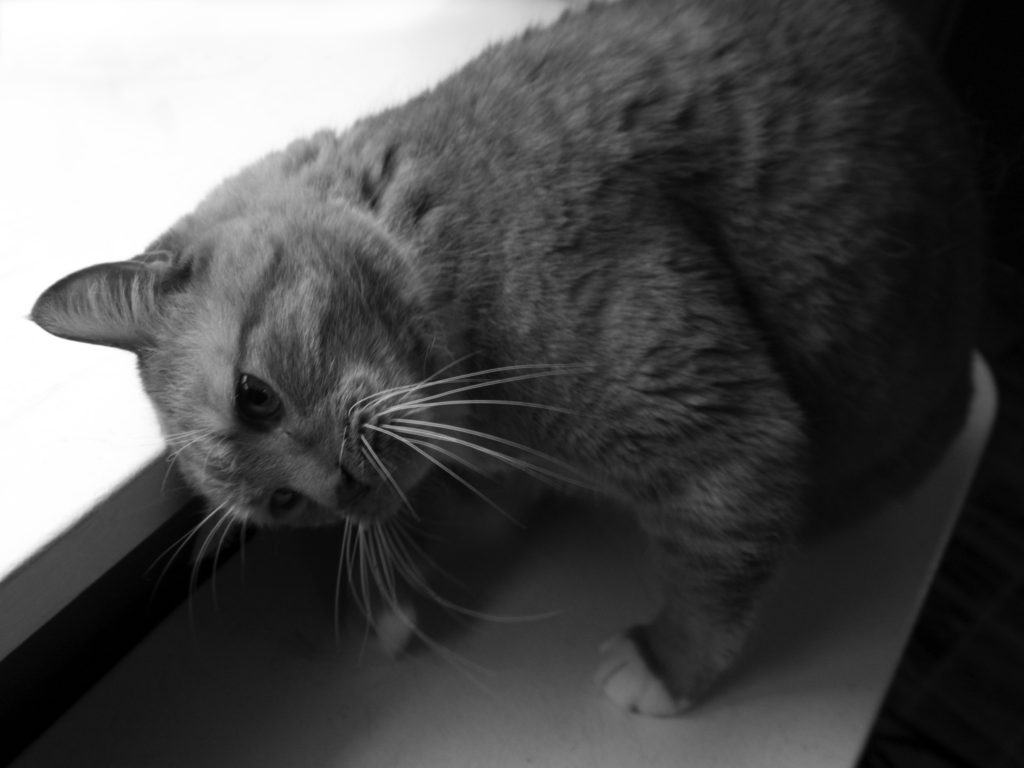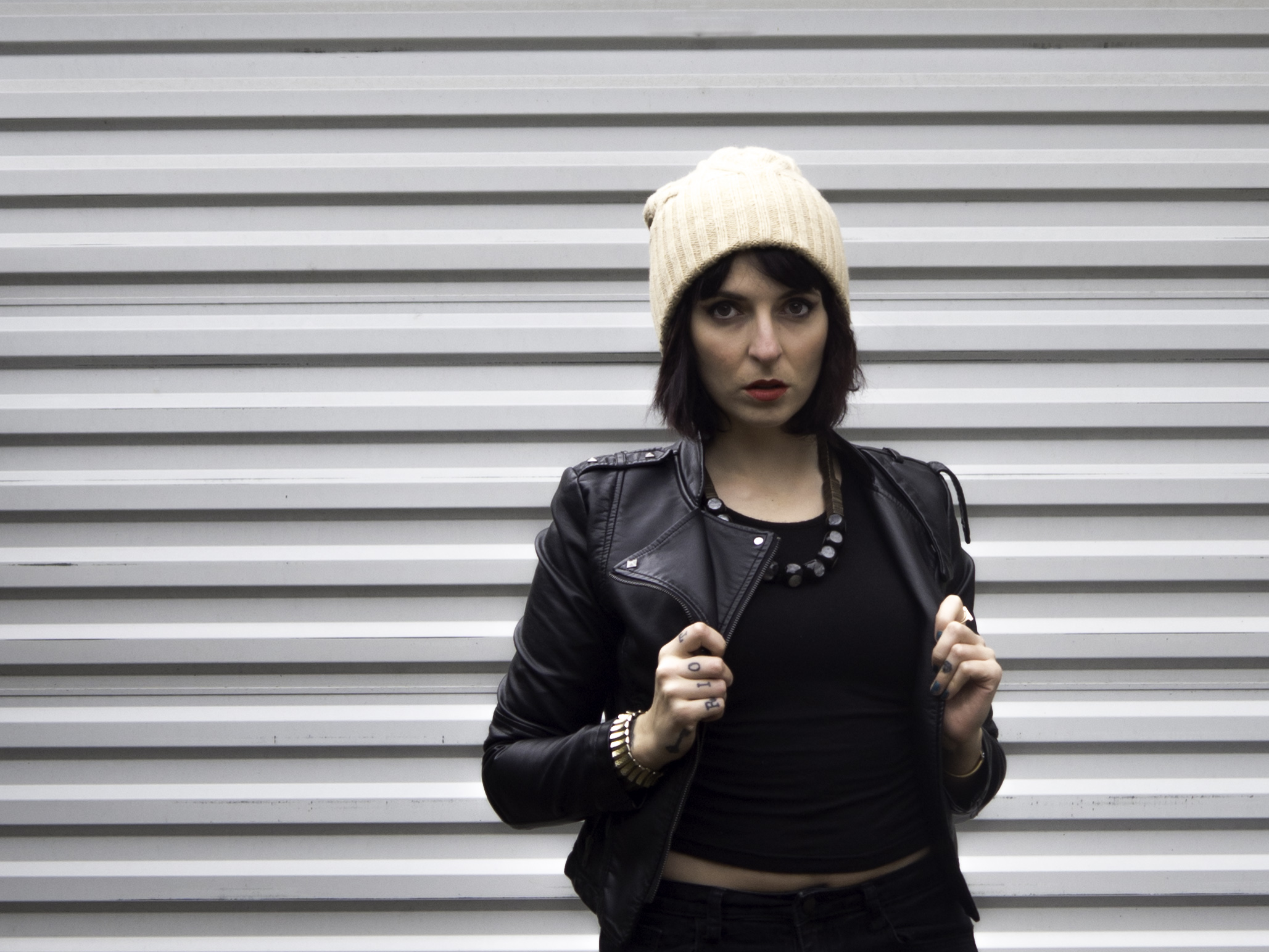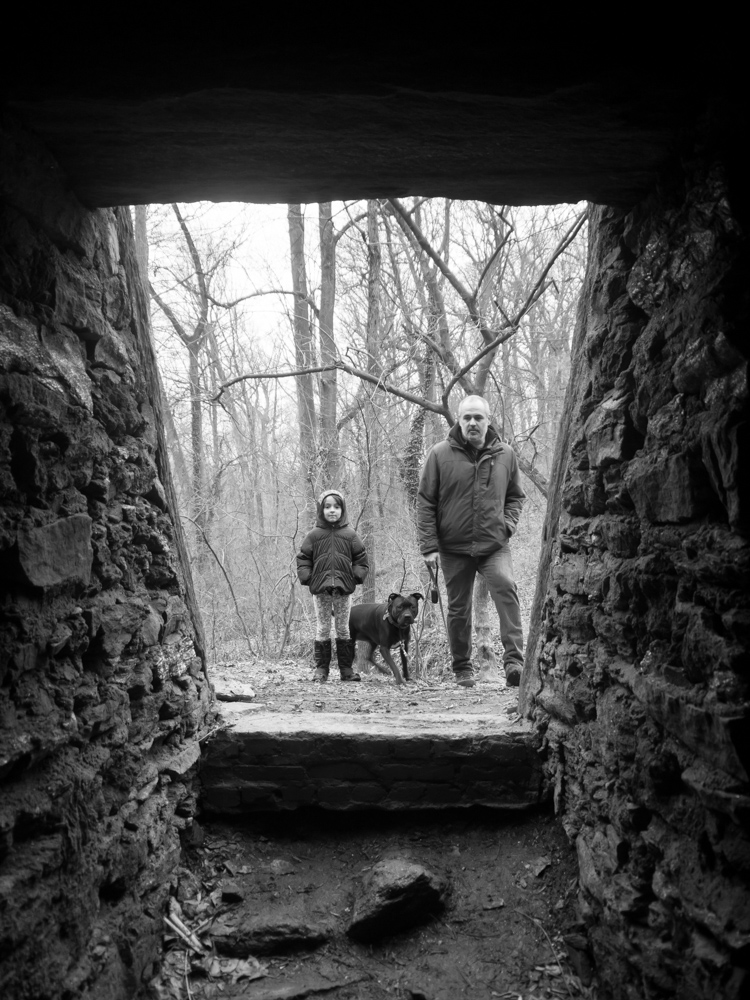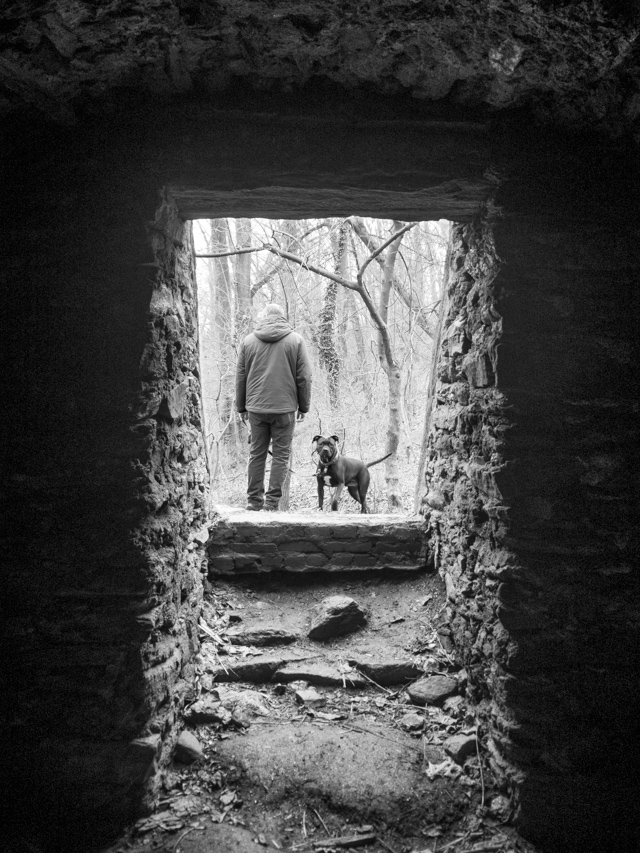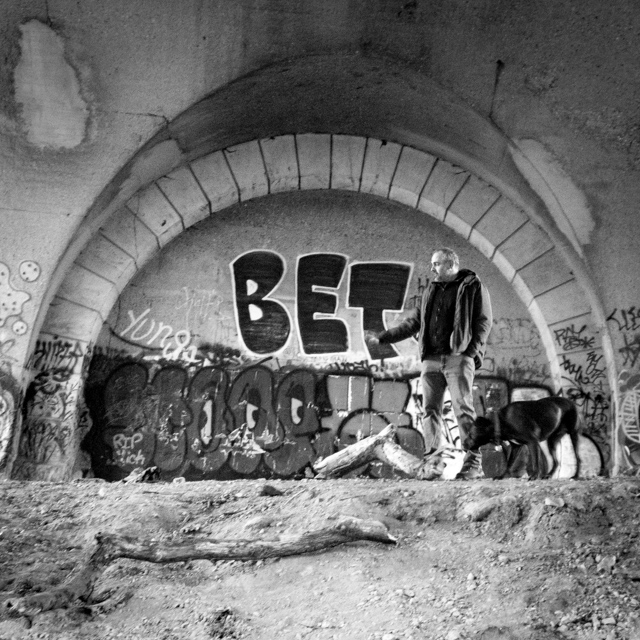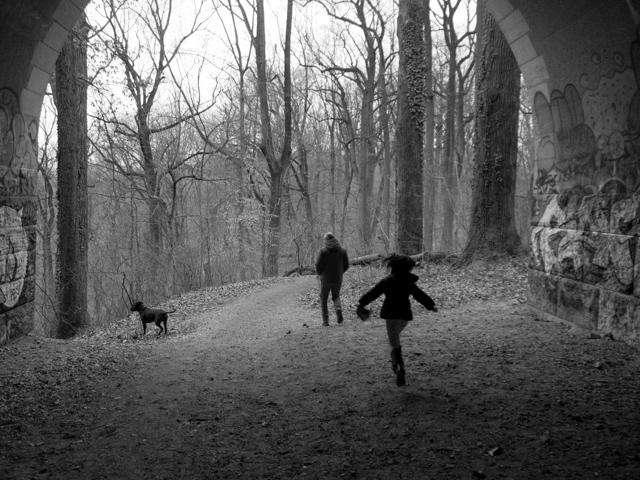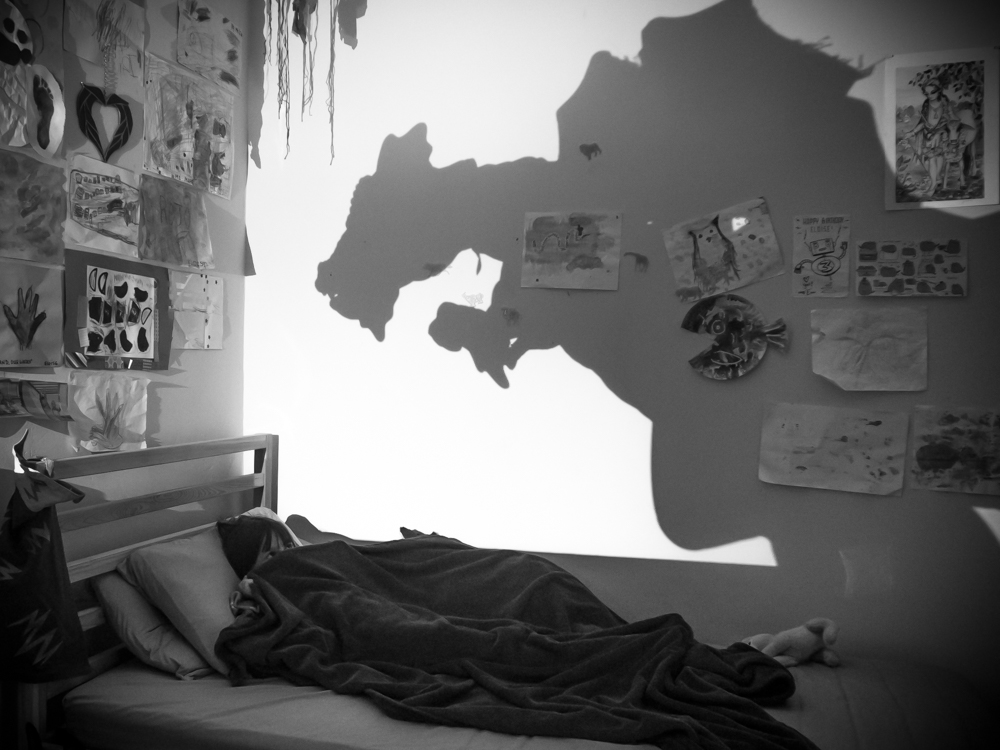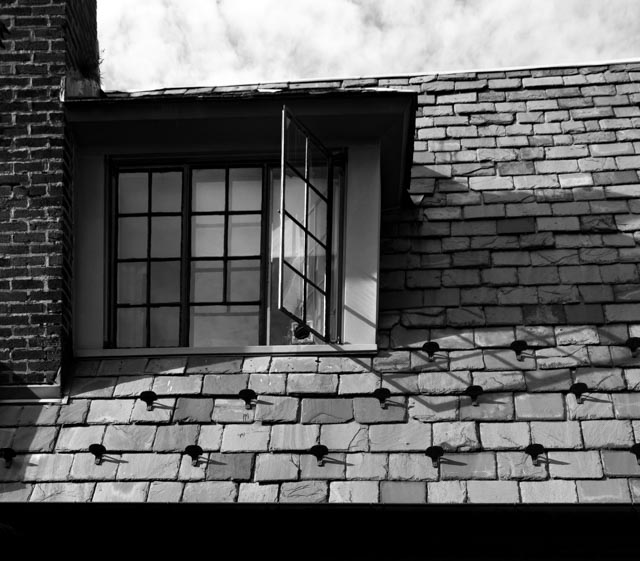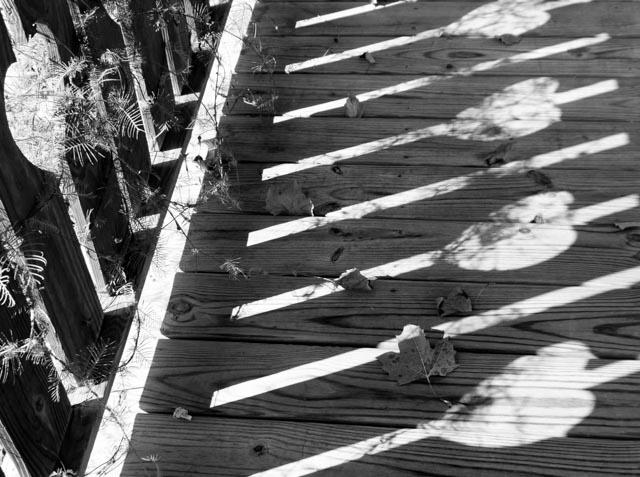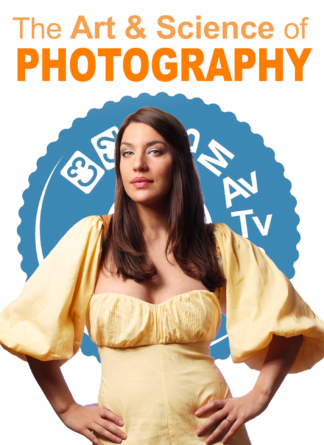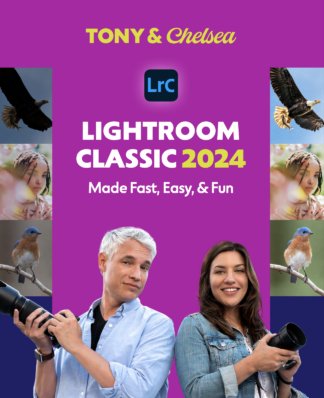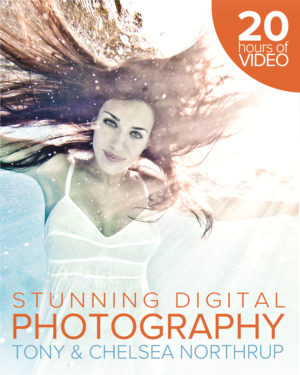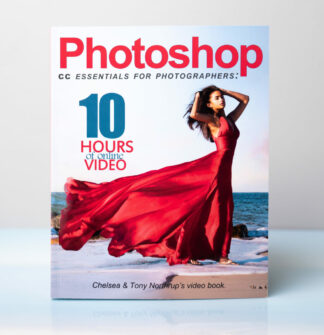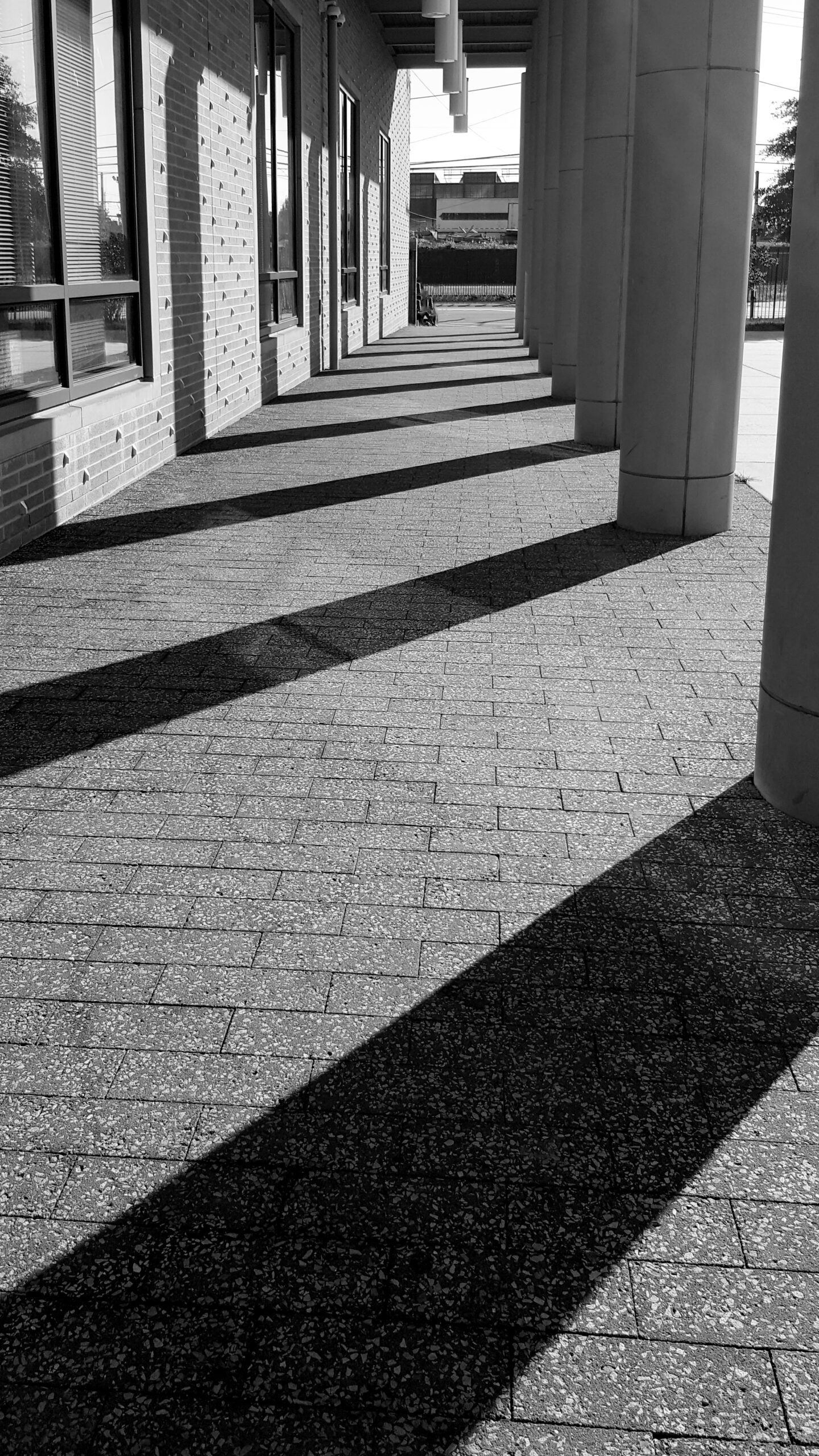
Hey folks! This week’s topic was a fun one: lines. I like these abstract topics, partially because I’m lazy and partially because I just like abstract photography. Not that these images had to be abstract, but that’s what I tend to when shooting something simple.
The problem I came across with almost all of these shots was a lack of focal point. So some of these wound up being more like location scouting for when I have a model (most likely my daughter) to put in the scene at a later date. I actually love simple, stark shots of man-made structures especially. I think it’s something about finding a rare blank space in the city.
As usual, I shot in aperture priority at my lowest aperture. Some of these shots were of repeating patterns, so it makes the most sense to choose a small focal point and let the rest of the image blur. It helps to eliminate background distractions and your brain fills in the rest of the pattern for itself.
I walked around my neighborhood looking for lines and patterns. I first went to the train tracks, but where I live they are just in a straight line, which doesn’t give a very interesting leading line. Those shots wound up being unsuccessful. The sun was high in the sky, though, which made for lots of nice shadows. I sought out a few staircases that I thought would serve as a good subject. There were also a number of stone railings I liked. I converted all the shots to black and white since the pattern and texture were the focus.
This was actually an old shot from my phone that I loved but found no use for.
There is a person sitting at the end, but I wish they were larger in the frame.
This is a spot I’ve shot before, in my post on architecture. I think this crop works a bit better.
f/3.5, 1/800th for some reason, ISO 200.
This spot you’ll recognize from my “spooky” shots here. It could certainly use a focal point, but I love the zig-zag shadows on the stairs.
f/4, 1/640th, ISO 200.
Another old shot from when I was in San Francisco. Pup prints.
f/9, 1/200th, ISO 200.
So, there’s lines! I’m really looking forward to seeing everyone’s interpretations for the live show this week. What do you think of my shots? At all compelling, or just boring?


